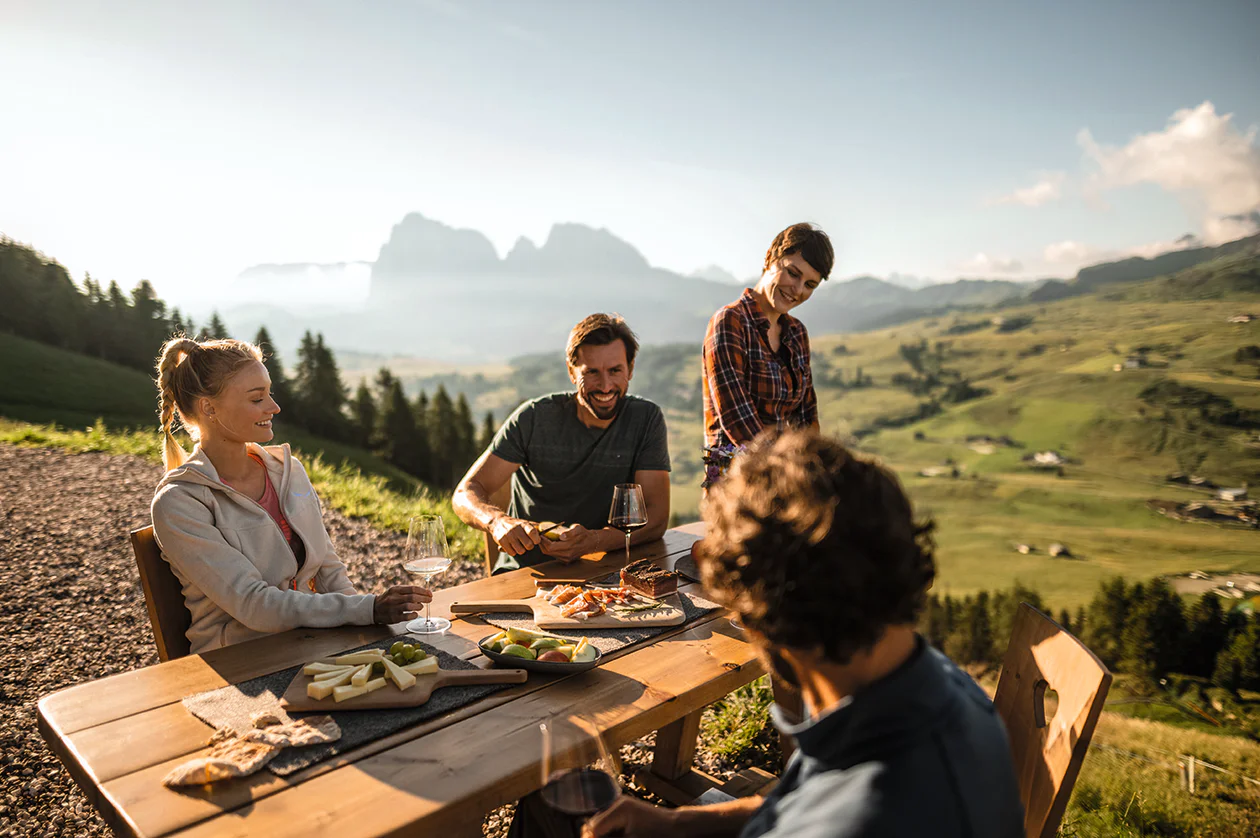The Zundlhof lies precisely one and a half kilometers from the center of the capital city, and since 1975, Helmuth Ramoser has been in charge. With the support of his daughter Johanna and her husband Martin, he manages half a hectare of grape growing area in Caldaro but above all else the three hectares around the Zundlhof in Bolzano “with lots of love and passion,” as Ramoser himself says.
Within that context, though, his vineyard in Bolzano is more like a wine garden. After all, although he is in fact located in the classic Bolzano Santa Maddalena zone, in contrast to most of the other vineyards there those of the Zundlhof do not cling to the slopes, but rather lie nearly flat on the valley floor.
This is where Ramoser finds the best conditions for the grape varieties that he grows. Without any surprises for this location, these are first and foremost Schiava and Lagrein, the “ingredients” of Santa Maddalena which Ramoser makes at the Zundlhof. Added to those are Pinot Noir, Merlot, and Cabernet Sauvignon and, as the only white wine variety, Pinot Blanc.
The best place to taste the small but excellent palette of wines is in the arcade of the Zundlhof. Right in the midst of the vineyards and yet in the city.






